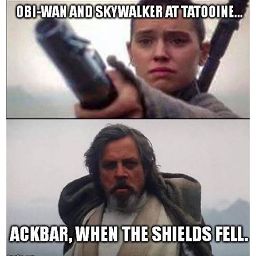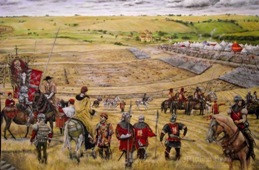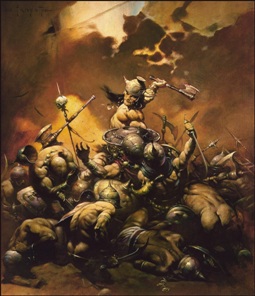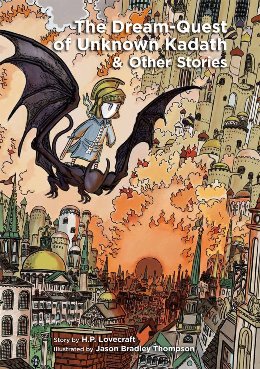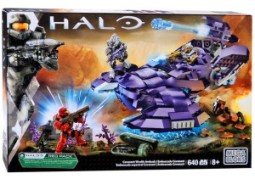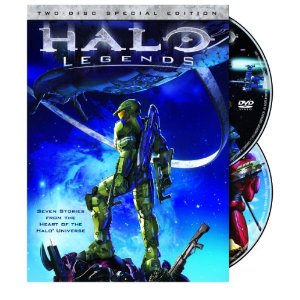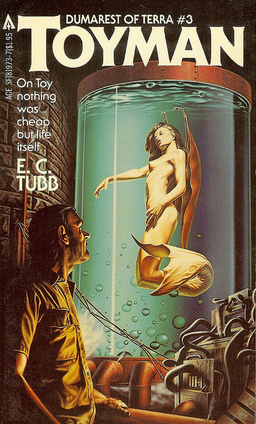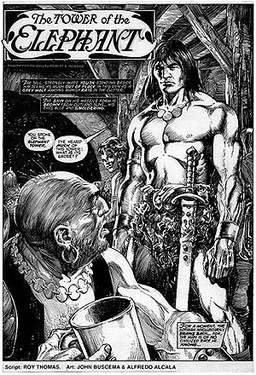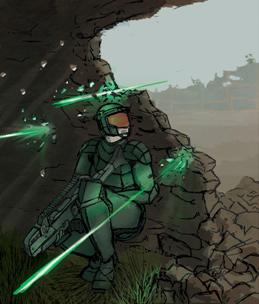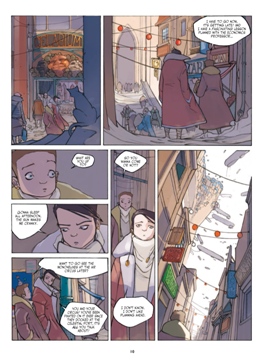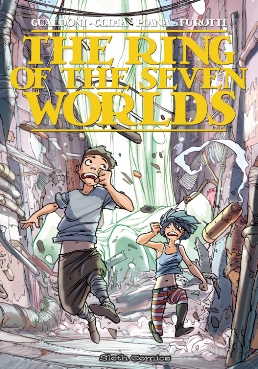Truth in Historical Fiction
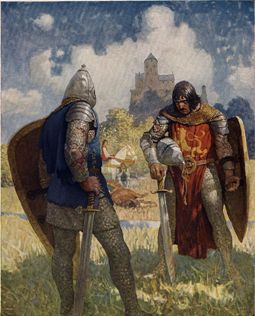
Anet, Northern France, AD 1176
The summer breeze rustled the oaks where the tournament company of King Henry the Younger waited in ambush. It carried with it the sound of hooves, jingling harness and men chatting.
Sir William Marshal suppressed a grin. “Here they come, messers.” (*)
I was frankly terrified when I first put my writerly boots on the ground in 12th century France and perched on the shoulder of a 30-something William the Marshal as he lay in ambush with his lord, the bratty Henry the Younger.
In a sense, everything in my life had prepared me for this moment. I’d always been obsessed by Medieval History, spent my childhood dragging family around castles, read Malory at 11, Froissart at 12, and could recite the deeds of the Marshal when I was younger than that. I studied the subject to postgraduate level. I even have a sword scar and can teach you how to use a longsword.
Despite all this, writing that first line was terrifying.

